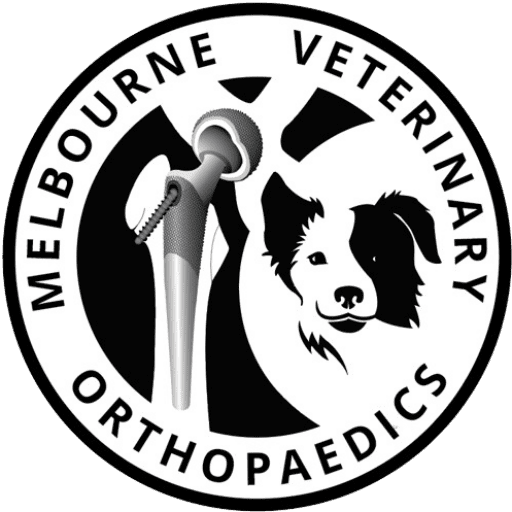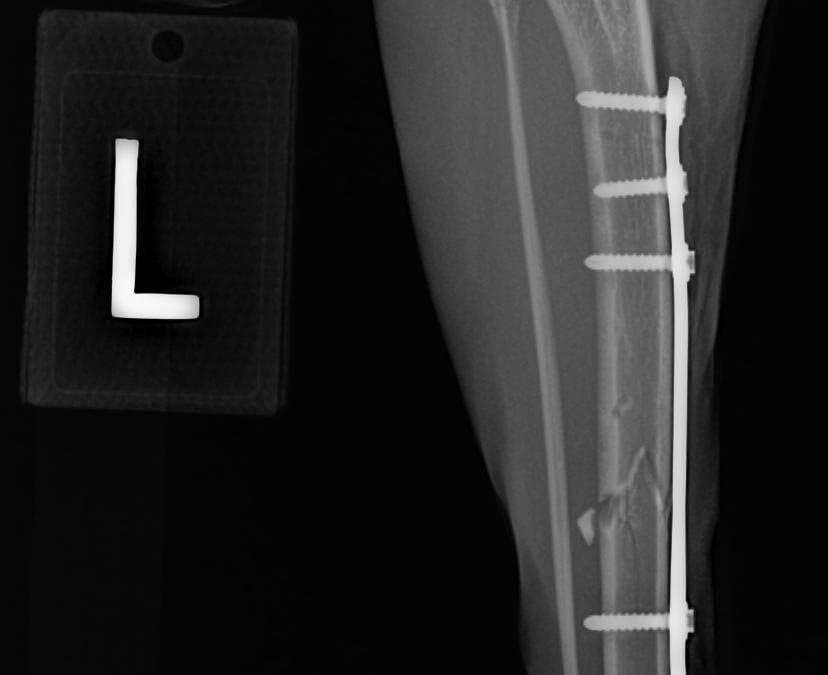Feline orthopaedics does have some unique aspects compared to other species, largely due to the anatomical and behavioural differences of cats. Here are a few points that highlight these differences:
- Anatomy: Cats have a distinct skeletal structure. Their bones are generally lighter and more flexible, which contributes to their agility and ability to jump high. This can affect how fractures and other orthopaedic issues are approached.
- Behaviour: Cats are often less cooperative than dogs when it comes to examination and treatment. This can make diagnosis and treatment more challenging. For example, cats may not tolerate certain positions or may be less willing to engage in rehabilitation exercises.
- Common Conditions: Certain orthopaedic conditions are more prevalent in cats, such as hip dysplasia, cranial cruciate ligament injuries, and fractures related to falls or high-impact activities. Recognizing these conditions early is crucial, as cats often mask pain well.
- Surgical Techniques: The techniques used in feline orthopaedics may differ from those in canines. For instance, internal fixation methods may be adapted to accommodate a cat’s smaller bone structure and different weight-bearing requirements.
- Pain Management: Cats often respond differently to pain medications, and some common drugs used in canine orthopaedics may not be safe for felines. This necessitates careful consideration of pain management strategies.
- Recovery: Feline recovery can be influenced by their natural behaviours, such as climbing and jumping. Orthopaedic treatments may need to account for these activities to ensure proper healing and prevent re-injury.
Overall, while many principles of orthopaedics apply across species, the specific needs and characteristics of cats require specialized knowledge and approaches in their treatment.

